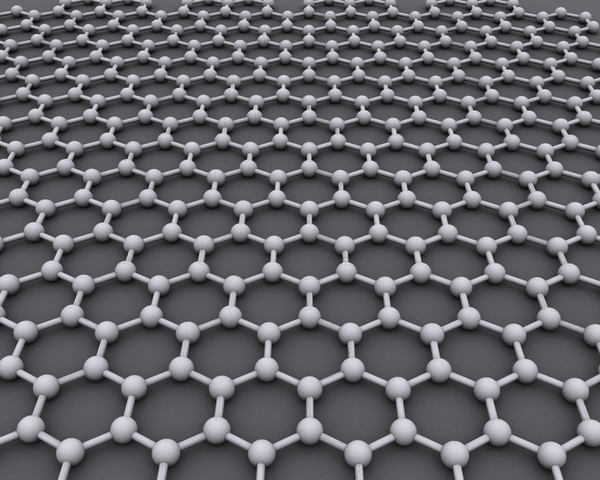|
physicists at the center for theoretical physics of complex systems (pcs) and the research institute for standards and science (kriss) created a model to explain the electronic structure of graphene with measurements from a new spectroscopic platform, according to a report by the institute for basic science (ibs).

a new study explored the electriconic structure of graphene. (wikimedia commons)
this study is intended to promote further research into quantum measurements of 2-d materials, such as graphene, which is a single sheet of carbon atoms and has unique thermal, electrical, and mechanical properties.
the article explained, “in order to study the electronic properties of both single and double layer graphene, the team constructed a nanodevice with graphene sandwiched between two layers of an insulating material known as hexagonal boron nitride (hbn). on top of this device they placed graphite as electrode. graphite is essentially made up of hundreds of thousands of layers of graphene. the bottom layer consisted of one layer of silicon and one of silica.”
the scientists tuned the voltages being applied through the graphite and the silicon to measure the changes in conductance of the graphene. the electrons of graphene have a specific energy structure, known as the dirac cone, and at temperatures of -273°c the scientists monitored the electron at their fermi level.
“through modulating the applied voltages, the scientists could deduce the electronic structure of graphene by following the fermi level,” the article added. “in particular, they noticed that when the voltage applied to graphite is around 350 millivolts, there is a dip in the conductance measurement, by which the fermi level matches with the dirac point. this is a well-known property of single layer graphene.”
scientists also studied the changing properties of graphene when a magnetic field is applied and of bilayer graphene.
the research was recently published in nano letters. the abstract stated:
“the chemical and mechanical stability of hexagonal boron nitride (h-bn) thin films and their compatibility with other free-standing two-dimensional (2d) crystals to form van der waals heterostructures make the h-bn-2d tunnel junction an intriguing experimental platform not only for the engineering of specific device functionalities but also for the promotion of quantum measurement capabilities.
“here, we exploit the h-bn-graphene tunnel junction to directly probe the electronic structures of single-layer and bilayer graphene in the presence and the absence of external magnetic fields with unprecedented high signal-to-noise ratios.
“at a zero magnetic field, we identify the tunneling spectra related to the charge neutrality point and the opening of the electric-field-induced bilayer energy gap. in the quantum hall regime, the quantization of 2d electron gas into landau levels (ll) is seen as early as 0.2 t, and as many as 30 well-separated ll tunneling conductance oscillations are observed for both electron- and hole-doped regions.
“our device simulations successfully reproduce the experimental observations. additionally, we extract the relative permittivity of three-to-five layer h-bn and find that the screening capability of thin h-bn films is as much as 60% weaker than bulk h-bn.”
|